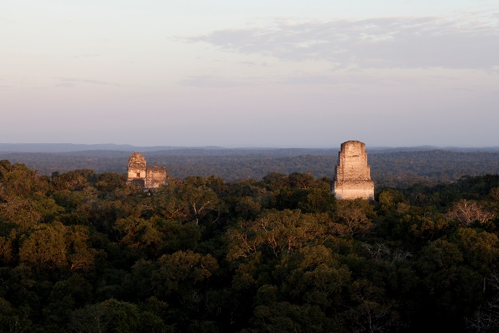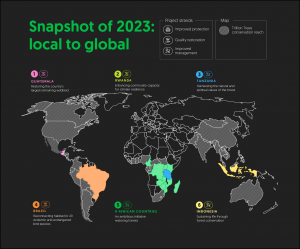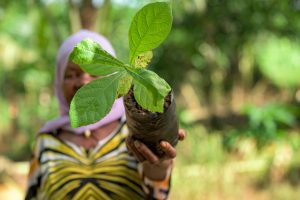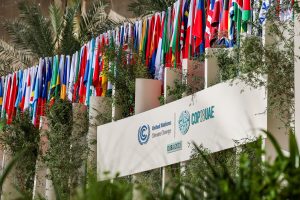A remarkable place
The Maya Biosphere Reserve (MBR) in northern Guatemala forms the heart of the largest intact forest in Mesoamerica – the Selva Maya, linking Guatemala, Mexico and Belize. The area has particular cultural significance, with the reserve covering almost a fifth of Guatemala, including the epicentre of the ancient Maya civilisation and its spectacular abandoned cities.
The MBR remains Guatemala’s last large wildland. It is home to over a third of the country’s plants and a wide range of endangered animal species such as the jaguar, white-lipped peccary (a local wild pig), Central American spider monkey and Baird’s tapir. There are also around 500 bird species – including the iconic scarlet macaw (the Mesoamerican subspecies is found only in the Selva Maya, with as few as 1,000 left in the wild) - and 35 species of butterfly. The area is also home to around 180,000 people.
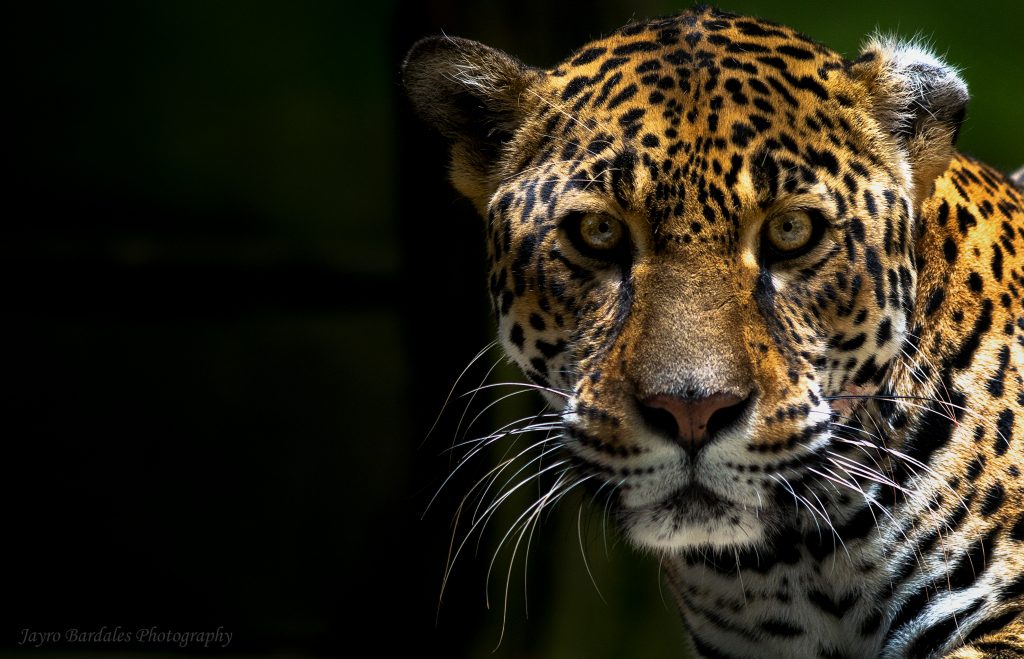
One of the world’s most enigmatic predators, the jaguar, is a keystone species – an organism that helps define an entire ecosystem. It preys on mammals, birds, and even large reptiles like anacondas, maintaining their numbers and distribution and protecting the integrity of the forest and food chain. Jaguars are nocturnal, solitary and highly territorial except when breeding. The word "jaguar" comes from the indigenous Tupi-Guarani language 'wild beast that overcomes its prey at a bound'. Jaguars hold huge cultural significance for many indigenous tribes. In ancient Maya civilisation they were believed to be spirit guides, connecting the living to the dead. Once found throughout the Americas, jaguars have lost more than half of their historical range. Classified at Near Threatened, they are vulnerable to habitat loss, human-wildlife conflict over livestock and illegal hunting for their pelts and body parts.
Uplifting camera trap clip from the Maya Biosphere Reserve! A jaguar and its cubs walking through the forest. With partners, WCS Guatemala monitors the big cats with cameras like this one. Great to see a trio like this thriving. pic.twitter.com/Q7e1eql4GY
— WCS 💚 (@TheWCS) October 19, 2023
A forest under threat
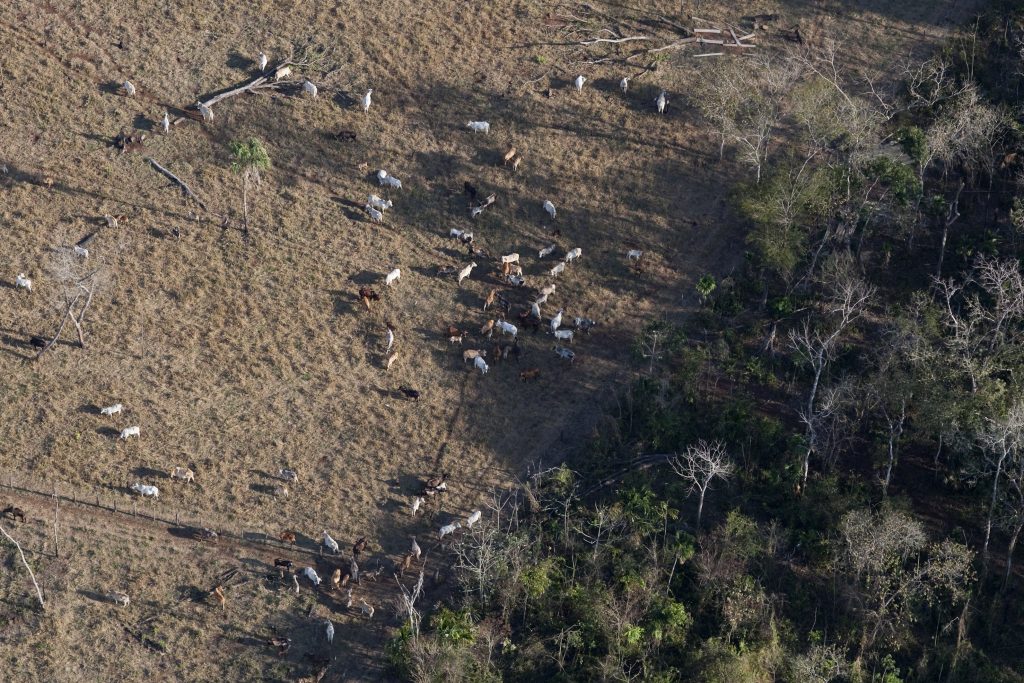
Despite its size and importance, the MBR forest faces persistent threats from deforestation, seasonal fires and unsustainable resource extraction. One of the biggest challenges is illegal cattle ranching, exacerbated by the fact that this is sometimes used as a front for organised crime and drug trafficking. These threats combined with inadequate governance in places, have resulted in annual forest loss of more than 10,000 hectares over the past decade. Only 67% of the reserve now remains intact.
In the 1990s and early 2000s certain areas of the forest were licensed to and managed by local communities, as concessions. These concessions, where local communities manage forests for a range of products - for example sustainably produced timber and xate plam - have been shown to have the lowest deforestation rates in the MBR, demonstrating the effectiveness of sustainable community resource use as a conservation strategy.
Working with communities to protect and restore the MBR
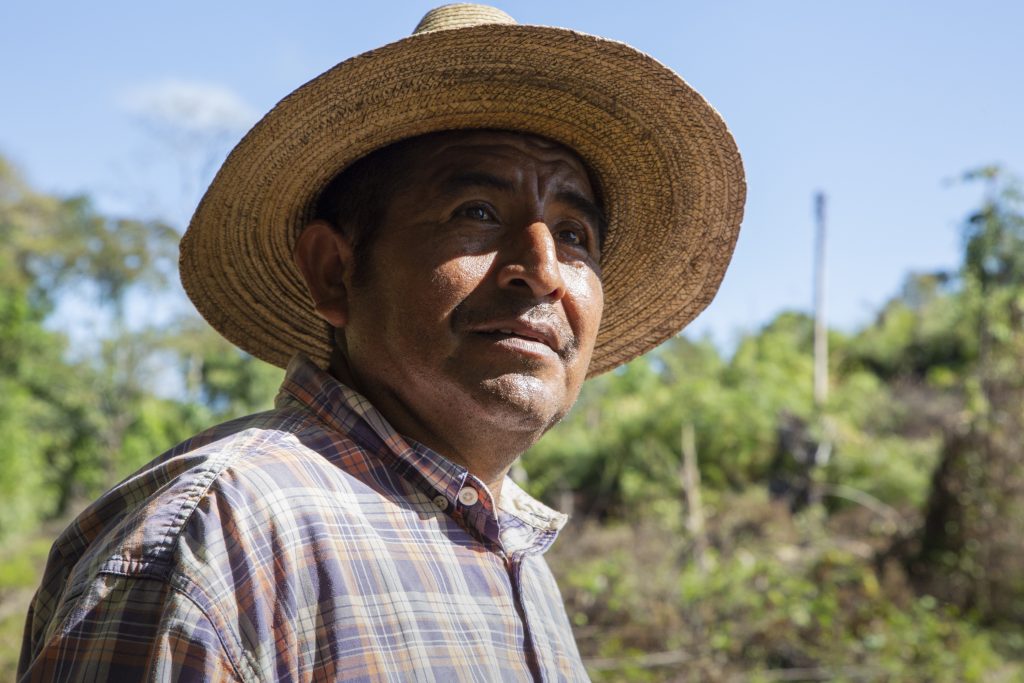
Trillion Trees partner the Wildlife Conservation Society has supported the Guatemala national protected areas agency CONAP in actions to reclaim land from illegal ranchers. Since 2012 about 155,000 hectares of degraded forest inside Guatemala’s Maya Biosphere Reserve have been recovered. Thanks to increased protection and efforts from the local communities to control the spread of wildfires, the eastern MBR the project has seen the first increase in forest cover since the reserve’s creation in 1990 – registering 1,087 hectares of net increase, turning the tide from forest loss to forest gains. WCS has also acquired crucial areas in Belize’s Maya Forest Corridor, which will keep the Maya forest connected.
The work has helped strengthen seven community-based organisations and supported indigenous forest ranger teams. This in turn has helped reduce rates of deforestation and fire across 250,000 hectares of the MBR landscape. Three NGOs have been created and strengthened, and cooperative agreements made with three key government institutions – including a 20 year collaboration with Guatemala’s National Council of Protected Areas (CONAP). This has improved monitoring and management of forest threats – including fire and deforestation, as well as providing information on human populations, cattle and wildlife.
Recent research from Trillion Trees shows that restoring degraded forests – not just cleared lands - could help meet climate and biodiversity goals more rapidly. There are more than 500,000 hectares of land with very high potential for forest restoration within the Maya Biosphere Reserve. Successfully restoring just 10% of this (50,000 hectares) could deliver 7.5M tCO2 removals over 30 years – equivalent to over 1.6million petrol-powered cars driven for a year (according to the US EPA Greenhouse Gas Equivalencies Calculator).
Watch this video to learn more about the significance of the Selva Maya and the work being undertaken to protect and restore this precious forest.

